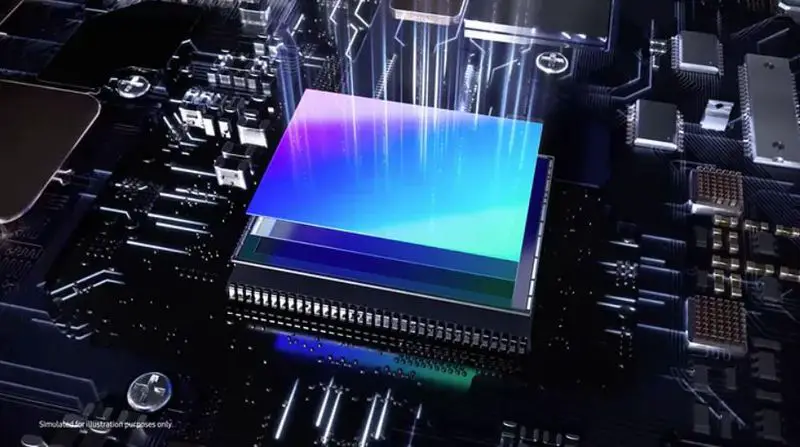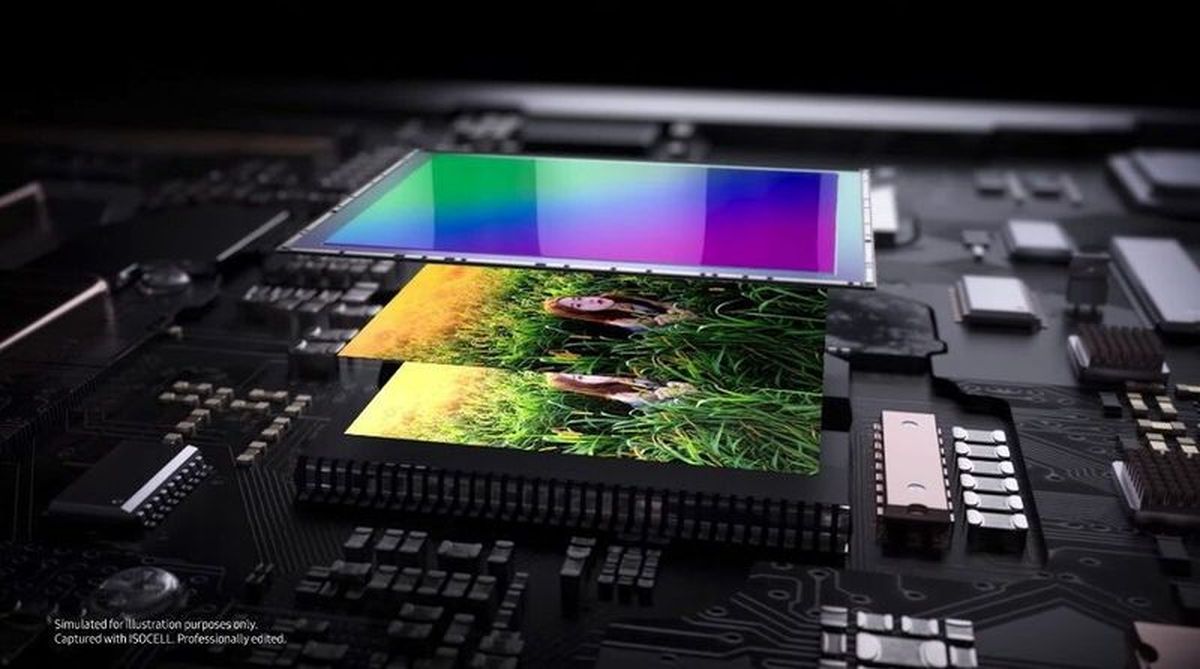Samsung explains how Smart-ISO Pro, its new HDR technology, works.
With the arrival of the new Samsung Galaxy S21 Ultra came a new camera sensor, the ISOCELL HM3. One of the main improvements in this sensor has to do with the treatment of ISO, one of the key points in Samsung’s HDR. The company has detailed how this HDR works, through Smart ISO Pro, the name they give to this image treatment.
The summary is that different ISO values are combined to expand the dynamic range of the photographs, but the explanation goes further. Let’s tell you how they achieve such a complete HDR and the steps they had to take to get there.
Smart-ISO Pro: Samsung’s technology to improve dynamic range
Samsung has explained how its new Smart ISO Pro technology works, renewal on the basis that they already used. We are going to try to explain it as simply as possible, although the first thing we need to know is what ISO (or at least an ISO level) is.
The lower the ISO, the lower the light sensitivity, the higher, the higher. Samsung combines two ISO inputs (high and low) to obtain a higher dynamic range.

The ISO level indicates the light sensitivity of the sensor. If the value is low (e.g. ISO 100), the sensor will be less sensitive to light, and if the value is high (e.g. ISO 3200), more sensitive. This ‘sensitivity’ is possible because ISO values are precisely what adjust how the light signal reaches a sensor.
In Samsung’s case, its sensor has two interpretations for ISO, one for low ISO and one for high ISO, to regulate the light entering the sensor through two channels. That is, when we take a picture, Smart ISO Pro takes both the high ISO reading and the low ISO reading, to combine the information from both.
Apart from capturing a large dynamic range by combining the high and low ISO values, the new sensor with Smart-ISO Pro has a color depth of 12 bits, allowing it to reproduce more colors than sensors with 8- and 10-bit depths.





